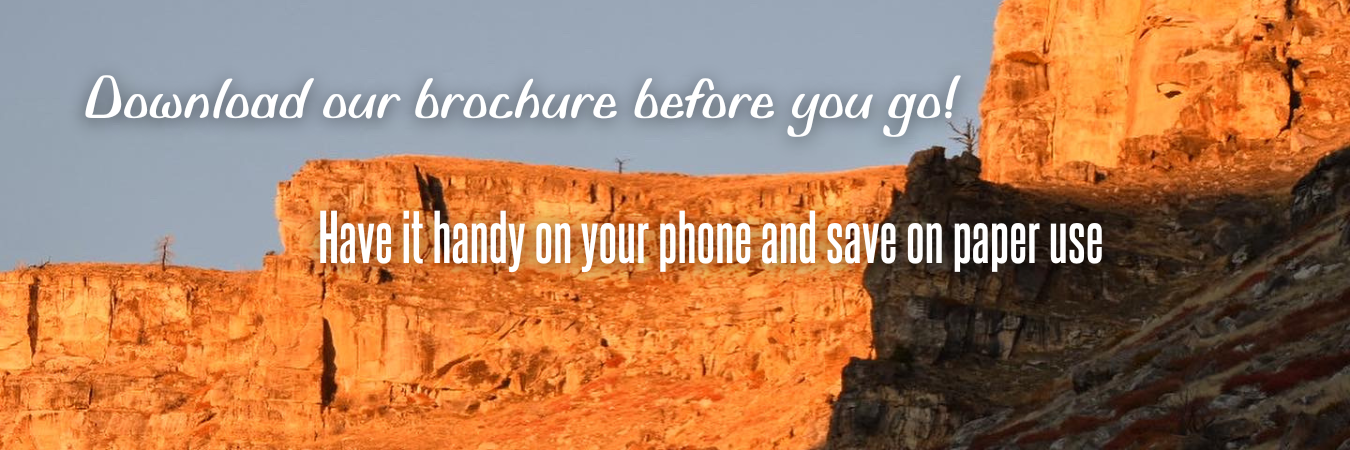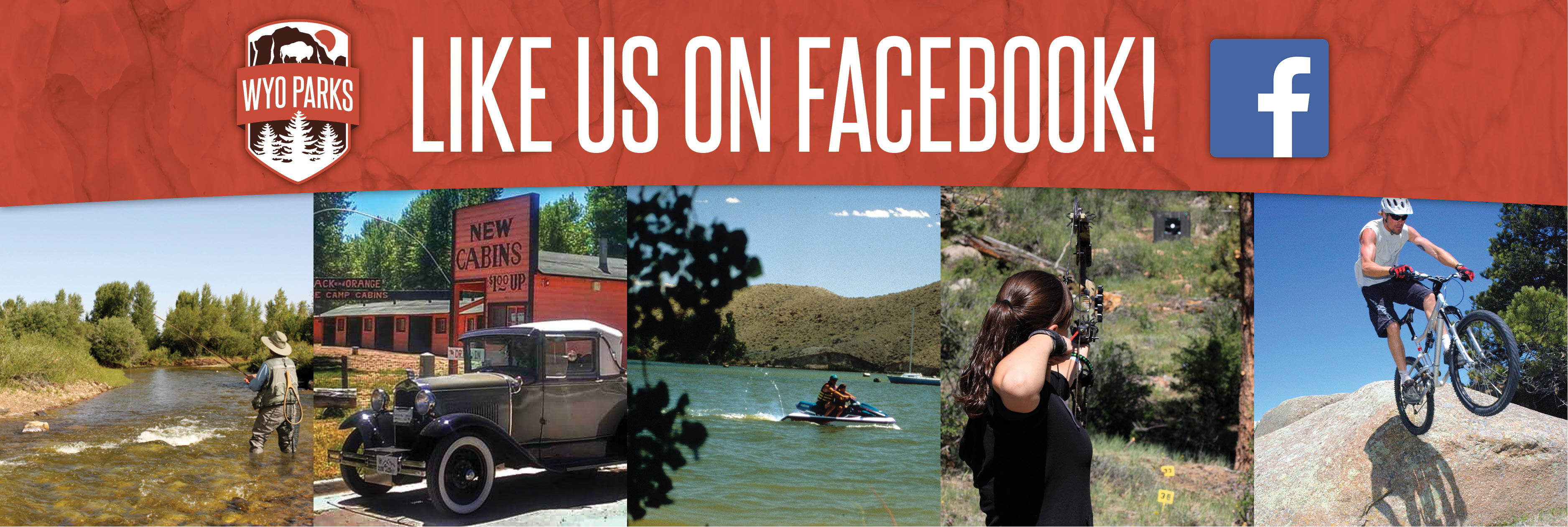Staff Login
SPHST Home
Places
 View Places on Wyoming Map
View Places on Wyoming Map  View Full List of Wyoming State Parks
View Full List of Wyoming State Parks  View Full List of Wyoming Historic Sites
View Full List of Wyoming Historic Sites - Ames Monument State Historic Site
- Bear River State Park
- Boysen State Park
- Buffalo Bill State Park
- Camp Douglas Officers' Club State Historic SIte
- Connor Battlefield State Historic Site
- Curt Gowdy State Park
- Edness K. Wilkins State Park
- Fort Bridger State Historic Site
- Fort Fetterman State Historic Site
- Fort Fred Steele State Historic Site
- Fort Phil Kearny State Historic Site
- Glendo State Park
- Granger Stage Station State Historic Site
- Guernsey State Park
- Hawk Springs State Recreation Area
- Historic Governors' Mansion
- Hot Springs State Park
- Independence Rock State Historic Site
- Keyhole State Park
- Legend Rock State Petroglyph Site
- Medicine Lodge Archaeological Site
- Names Hill State Historic Site
- Oregon Trail Ruts
- Piedmont Charcoal Kilns State Historic Site
- Point of Rocks Stage Station Historic Site
- Quebec 01 Missile Alert Facility
- Register Cliff State Historic Site
- Seminoe State Park
- Sinks Canyon State Park
- South Pass City State Historic Site
- Trail End State Historic Site
- Wyoming Pioneer Memorial Museum
- Wyoming Territorial Prison
 Wyoming Trails Program
Wyoming Trails Program
Activities
 View Places on Wyoming Map
View Places on Wyoming Map  Trails
Trails  View Full List of Activities & Amenities
View Full List of Activities & Amenities  Archery Range
Archery Range  Beach
Beach  Biking
Biking  Boat Dock/Ramp
Boat Dock/Ramp  Boating
Boating  Cabins/Yurts
Cabins/Yurts  Camping - Tents
Camping - Tents  Camping - RVs
Camping - RVs  Dump Station
Dump Station  Enclosed Lodges
Enclosed Lodges  Events & Wedding Spaces
Events & Wedding Spaces  Fishing
Fishing  Fishing Pier ADA
Fishing Pier ADA  Geocaching
Geocaching  Gift Shop
Gift Shop  Group Picnic Shelters
Group Picnic Shelters  Hiking
Hiking  Historical Features
Historical Features  Horseback Riding
Horseback Riding  Horse Facilities
Horse Facilities  Horseshoe Pits
Horseshoe Pits  Hunting
Hunting  Marina
Marina  Museums & Interpretive Centers
Museums & Interpretive Centers  Off Road Vehicles
Off Road Vehicles  Overlooks
Overlooks  Paddleboards
Paddleboards  Petroglyphs
Petroglyphs  Picnic Areas
Picnic Areas  Playground/s
Playground/s  Research Library
Research Library  Restroom Facilities
Restroom Facilities  River Access
River Access  RV Hookups
RV Hookups  Self-Guided Interpretive Trail
Self-Guided Interpretive Trail  Shower Facility
Shower Facility  Skiing & Snowshoeing
Skiing & Snowshoeing  Snowmobiles
Snowmobiles  Swimming
Swimming  Visitor Center
Visitor Center  Volksmarch
Volksmarch  Volleyball Courts
Volleyball Courts  Wildlife Viewing
Wildlife Viewing  Winter Sports
Winter Sports  Other
Other
Upcoming
Permits & Reservations
Park Rangers
More
- Donate
- Like Us? Help Spread the Word
- State Historic Forts
 Wyoming Outdoor Recreation
Wyoming Outdoor Recreation - Outdoor Recreation Pathfinder Program
 Sunscreen Sponsorship
Sunscreen Sponsorship - Monuments & Markers
- Employment Opportunities WY
- Volunteer Opportunities
- Internship Opportunities
- Visitor Site Brochure
- Every Kid Outdoors
- Public Forums
- State Use - Planning Documents
- Rules & Regulations
- Recreation Grants
- Contact
- Web Cams
 Wyoming Trails Program
Wyoming Trails Program  Our Apps
Our Apps












